For Patients with Health or Financial Challenges
Case Overview
We have had issues in our practice with female patients who are taking bisphosphonates for osteoporosis. Because one of the side effects of bisphosphonates can be osteonecrosis of the jaw, these patients are warned not to have any extensive dental work such as extractions, periodontal surgery, or implants. While a crown restoration is often the recommended course of treatment, many of these patients — most of whom are elderly — are reluctant or unable to spend the money required for a permanent crown. Fortunately, a much more affordable option is now available to these patients in the form of DMG’s LuxaCrown, a semi-permanent crown material that lasts up to five years. LuxaCrown exhibits excellent fracture toughness, flexural strength, optimal mechanical properties, polishability, and versatility. Importantly, LuxaCrown restorations are manufactured chairside and thus generate significant time savings as well as cost savings for the patient.
Clinical Case
A 67-year-old female patient presented to our office with a loose tooth. Clinical examination revealed recurrent decay under a 30-year-old crown on tooth #30 as well as mobility of the crown (Fig 1). On removal of the crown, decay was noted throughout the pulpal floor of the tooth (Fig 2). Because the patient is on bisphosphonates, I ruled out extraction and an implant as a course of treatment. We took a periapical of the tooth to determine full decay and root length (Fig 3) and concluded that the root length was adequate.
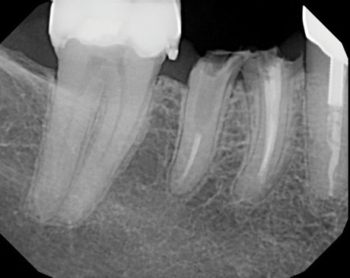 Fig 1. Recurrent decay revealed clinically |
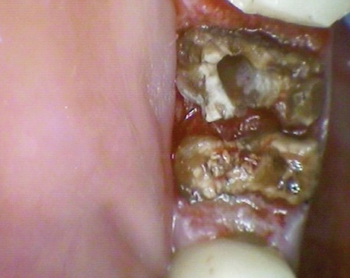 Fig 2. Decay visible after crown removal |
|---|
I came up with a plan to bi-cuspidize the molar and rebuild using two posts and LuxaCrown. I describe LuxaCrown to patients as a semi-permanent material. I took a VPS impression using a matrix material and temporary tray to fabricate the restoration. I anesthetized the area with a fast-onset anesthetic. Using a CO2 laser, I gently finished sectioning the roots where the decay had started to penetrate. I also cleaned up the tissue around the roots and removed the remaining caries (Fig 3). The canals were prepared with a suitable reamer, rinsed with water, and dried with a paper point. I cemented two glass fiber-reinforced composite posts (LuxaPost, DMG America) with a self-etch, self-adhesive resin cement. Using a dual-curing universal adhesive and a core build-up material made with zirconia (LuxaCore Z Dual, DMG America), we then rebuilt the cores (Fig 4). We were careful to prepare the roots with adequate ferrule on clean tooth structure. The trick to using a matrix impression is to remove a small amount of the impression material. It is always easier to start with excess material and then trim back than to add material in case of a deficit.
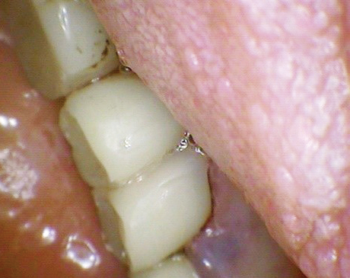 Fig 3. After cleaning tissue and removing caries |
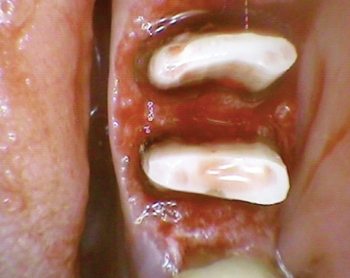 Fig 4. Rebuilt cores |
|---|
I injected a semi-permanent crown and bridge material (LuxaCrown, DMG America) from the bottom of the impression and filled without raising the syringe, to prevent voids. The crowns were shaped using a double-sided diamond disc and carbide finishing burs. I then polished them using a polishing system. I tried to make the splinted crowns as cleansable as possible. When trimming the semi-permanent crown, it is denser and stronger than a methyl-methacylate temp material. The final restoration (Figs 5-6), was cemented in with a self-adhesive resin cement. The patient was very pleased with the fit, aesthetics, cost, and time required to place the restoration.
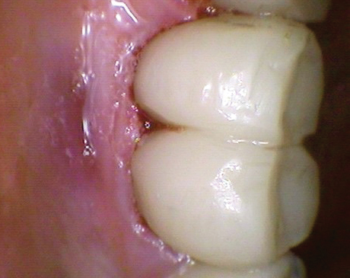 Fig 5. Final restoration |
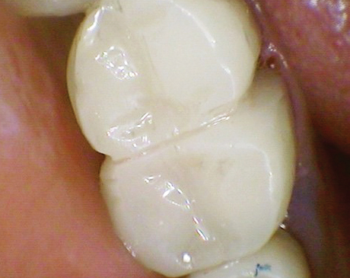 Fig 6. Final restoration, secondary view |
|---|
Adding LuxaCrown to my armamentarium has given me a new option to offer not only patients suffering from osteoporosis, but any patient who needs a durable restoration but whose health or financial issues make a permanent restoration infeasible.

Alan Pressman, DMD
Dr. Pressman is a native New Yorker who grew up in Queens and earned his dental degree from Boston University’s School of Graduate Dentistry. He is a firm believer in acquiring the newest technologies to provide the best care possible for his patients, whom he and his staff treat like family. He has been an active member and two-time president of his local Rotary Club, as well as other local service organizations. He and his wife Marcy and their two children reside in Valley Cottage, NY. In his spare time, Dr. Pressman enjoys golfing, hiking, skiing, cooking, and gardening. He often says that if he won the lottery tomorrow, he would still practice dentistry.
Published in TIPS – January/February, 2020. Submitted by DMG.
Category: Merchandise
Back to Articles